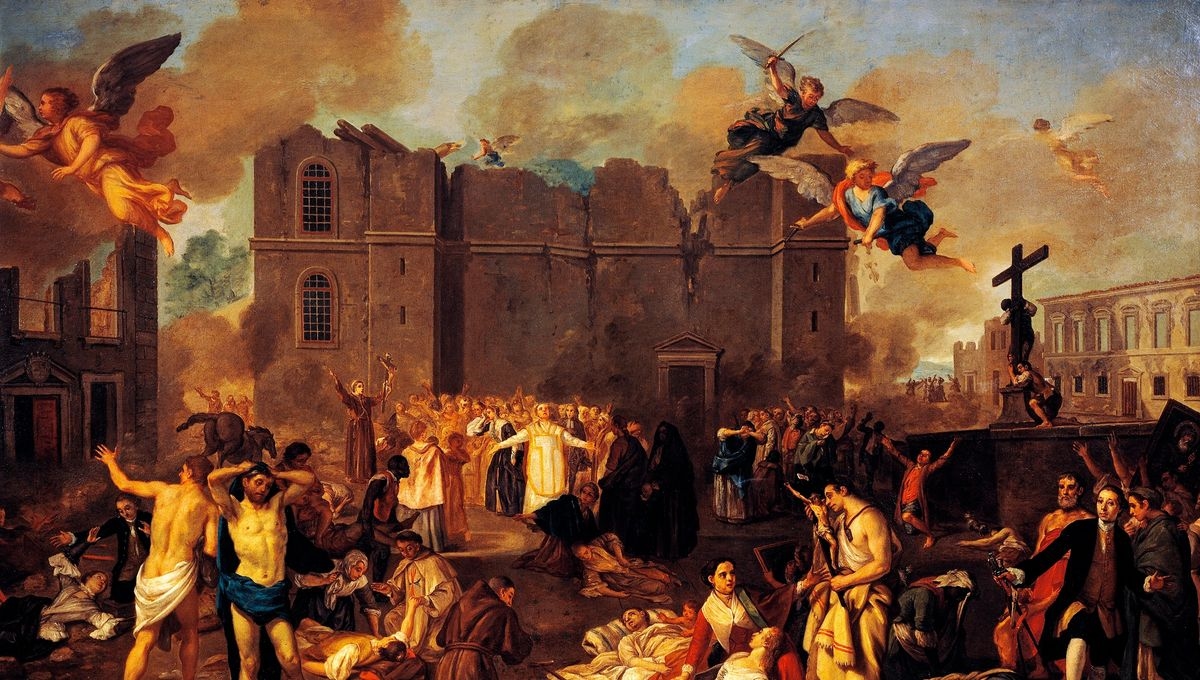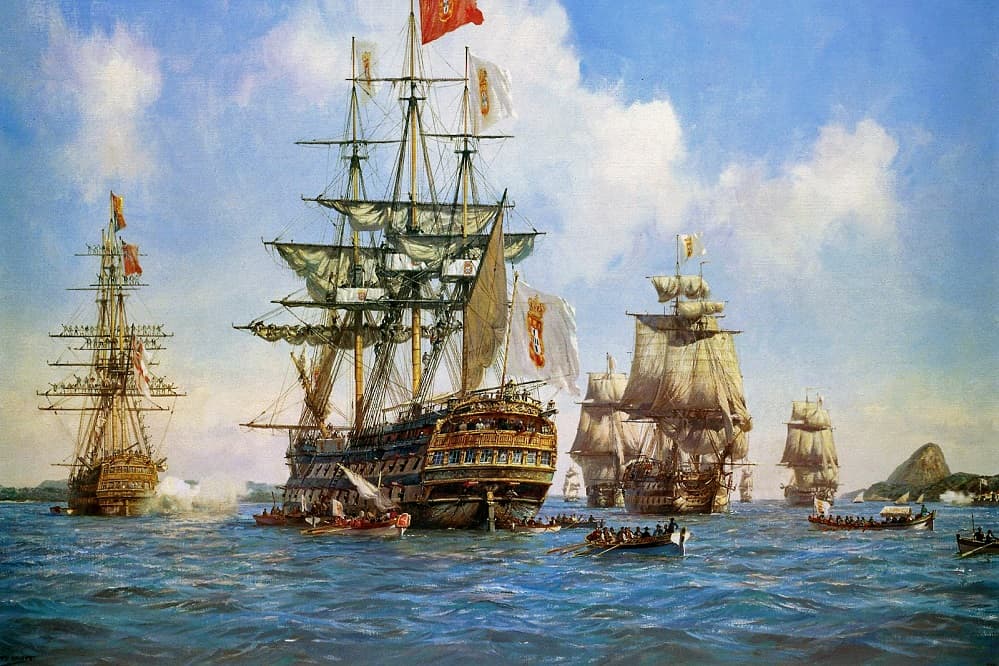
On November 1st, 1755 (All Saints’ Day), the city of Lisbon woke up to the sound of church bells, the faithful filled the pews… and suddenly, the ground began to shake. Around 9:40 a.m., an earthquake with an estimated magnitude between 8.5 and 9.0 struck the city, followed by a devastating tsunami and massive fires that tore through its neighborhoods… You’ve probably heard of it, right ?
A catastrophe with many faces
The violent tremor destroyed public buildings, thousands of homes, and entire churches collapsed while people were attending Mass. The tsunami hit shortly after the quake, with waves reaching between 5 and 15 meters along the coasts of Portugal and northwest Africa. Estimates suggest between 50,000 and 70,000 victims in Lisbon and its surrounding areas (yes, that’s enormous !)
Why did this event impact Europe so deeply ?
First, because the scale of destruction was unprecedented at the time : an almost entirely destroyed European capital and a shaken maritime empire. Then, because the disaster profoundly influenced European thought : philosophers, theologians, and scientists began questioning the roles of nature, God, and humanity in such tragedies. From a technical point of view, it’s often called the “first modern disaster” the Portuguese state conducted one of the earliest scientific surveys (questionnaires sent to parishes across the country) to record the effects, which significantly advanced the science of seismology (proof that even in tragedy, Portugal managed to learn something valuable !)

Rebuilding and rising again
Lisbon’s reconstruction was both swift and ambitious. Under the direction of the Marquis of Pombal, the city adopted a modern urban plan, with neighborhoods rebuilt according to anti-seismic standards, definitely a good idea after what happened ! The famous “Pombaline buildings” are still admired today for their engineering innovation. The earthquake also reshaped Portugal’s political and economic position : its already fragile colonial empire was weakened, and the Atlantic world order began to shift.
Lisbon’s “living memory”
If you wander through Lisbon today, you can visit the Carmo Convent, whose roofless ruins remain open to the sky a haunting reminder of that tragic day in 1755. And for a modern twist, there’s even a “quake simulator” in the city, inside a museum or science center, that lets visitors safely experience what the earthquake felt like. It’s a fascinating way to relive history, though you might want to make sure your balance is steady first ! (And yes, having tried it myself, I can confirm, it’s quite the experience !)
This earthquake wasn’t just a local tragedy ; it was an event that shook all of Europe. It sparked deep philosophical and scientific debates, inspired new engineering methods, and forever changed both the political and urban landscapes. In short, it changed the way the world saw itself and how it rebuilt.
Share this article
Suggested articles

The Portuguese Colonial Empire, greatness and the end of an era
It is astonishing to think that a small country on the edge of Europe once ruled the seas and shaped global history. In the fifteenth century, Portugal, with barely over a million people, became the beating heart of the Age of Discovery. It was the age of sailors, dreamers and merchants who turned the unknown into possibility.

Amália Rodrigues, the diva who made fado shine across the world
Some artists do not just sing; they embody emotion, history and identity. Amália Rodrigues was one of those rare souls. Born in 1920 in Lisbon’s Mouraria district, she grew up among street vendors, laughter and hardship. There, she discovered fado, the music of love, loss and longing.

António de Oliveira Salazar and the Estado Novo : Shadows and Legacies of a Dictatorship
When I think back to my parents’ stories, leaving Portugal for France at the end of the 1960s, I see in them the reflection of an entire country that took to the road. Their departure wasn’t just a “change of scenery” : it was a flight, a gamble, a hope. And behind that decision lay the weight of Salazar’s long dictatorship, a regime that shaped Portugal for nearly forty years. (And to think that Portugal has only been “free” for about 50 years… yes, it really wasn’t that long ago !)

April 25th : a revolution like no other (and with flowers, please)
It’s not every day that a dictatorship collapses… in a festive atmosphere filled with red bouquets ! And yet, Portugal pulled off that miracle. On April 25th, 1974, while Europe was quietly waking up, Lisbon was vibrating to the sound of a song Grândola, Vila Morena and the scent of a symbol that would become immortal : the red carnation.

The Age of Discovery : how the Portuguese changed the map of the world
Picture this : it’s the late 14th century. A small country on the edge of the Atlantic, sails in the wind, a few daring sailors, and one big dream to discover what lies beyond the horizon ! That’s how the incredible adventure of the Age of Discovery begins, with Portugal taking center stage. And no, it wasn’t just about sketching maps it was a full-on world revolution… and, let’s be honest, a massive “let’s go and see what happens” gamble (spoiler : it paid off).


